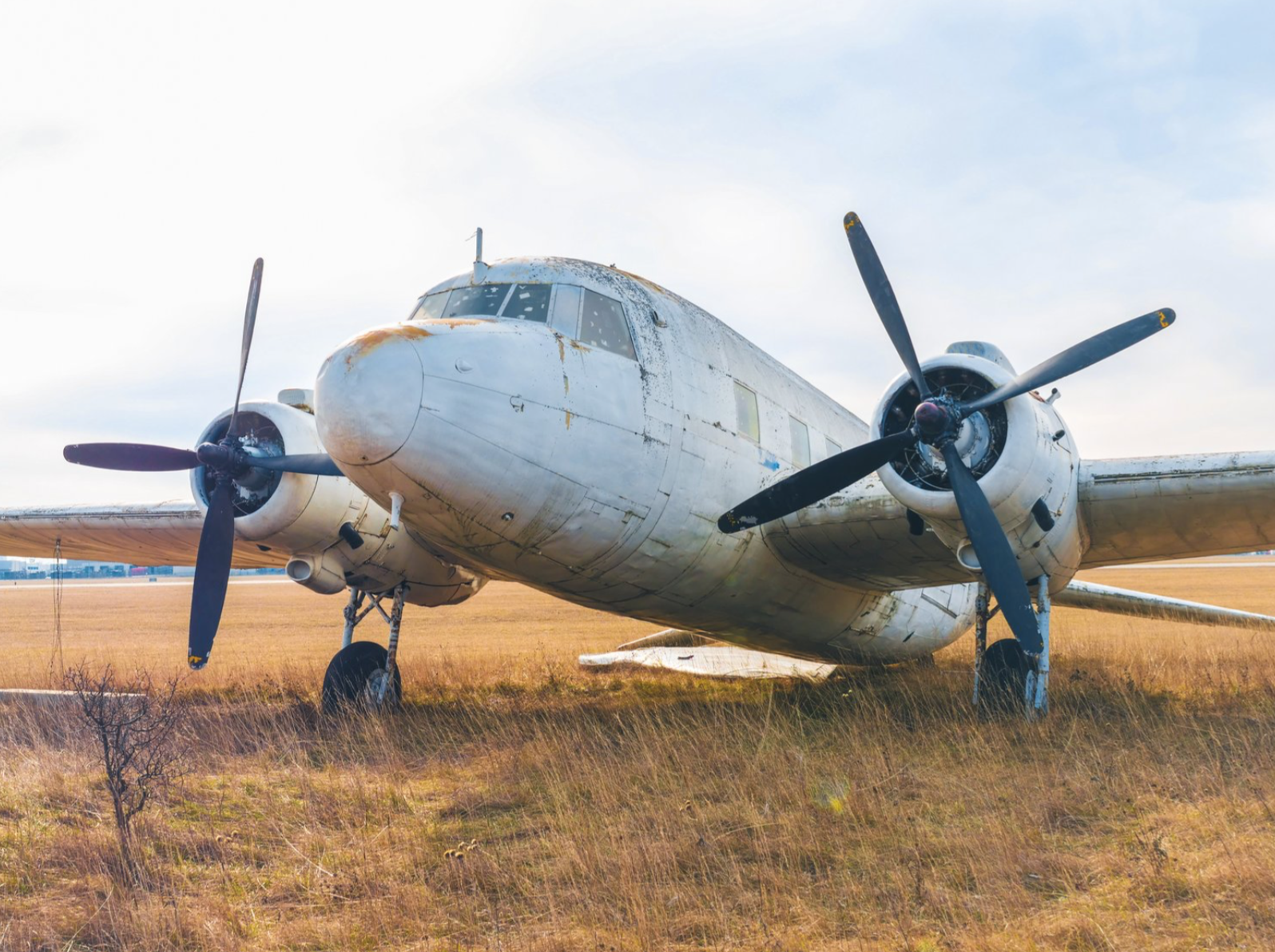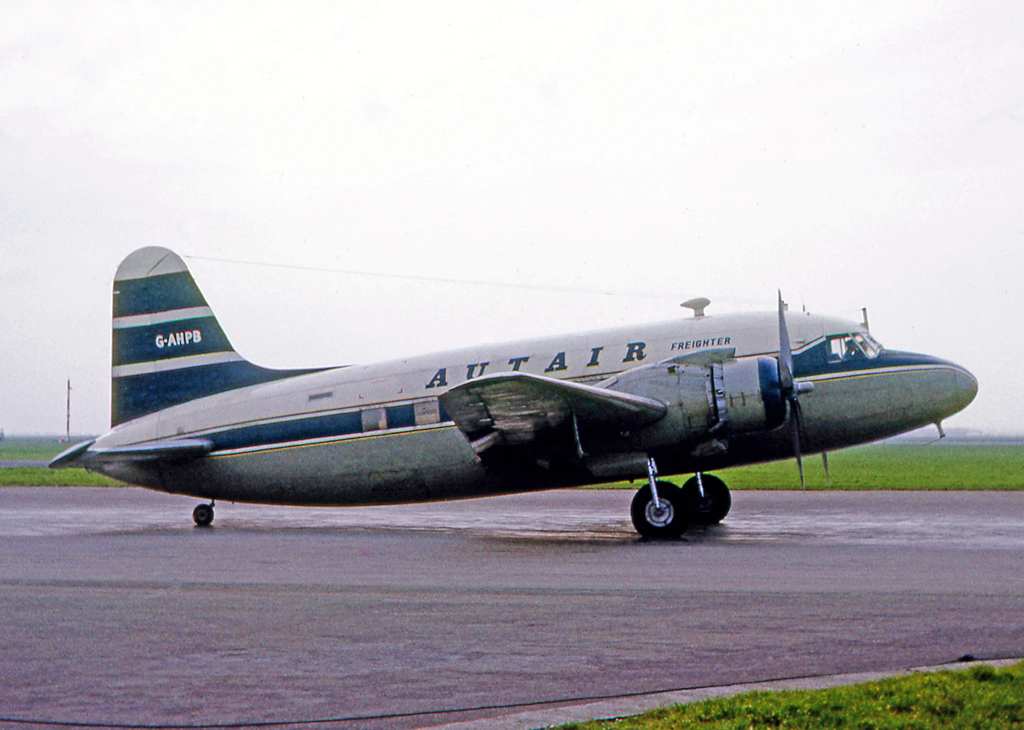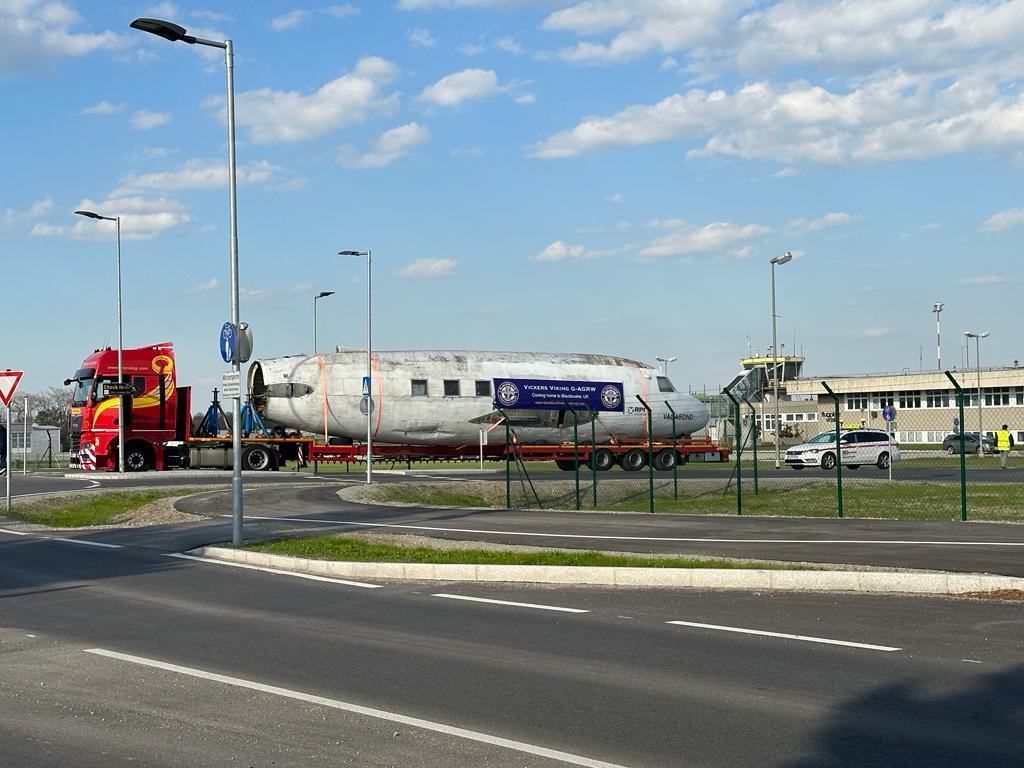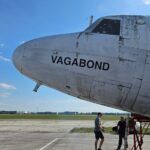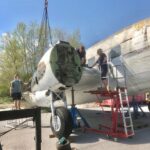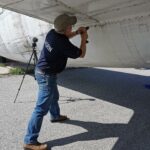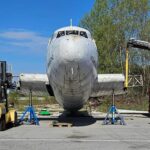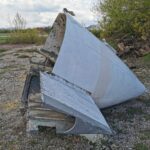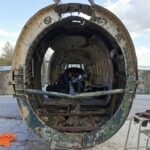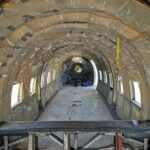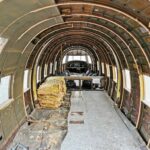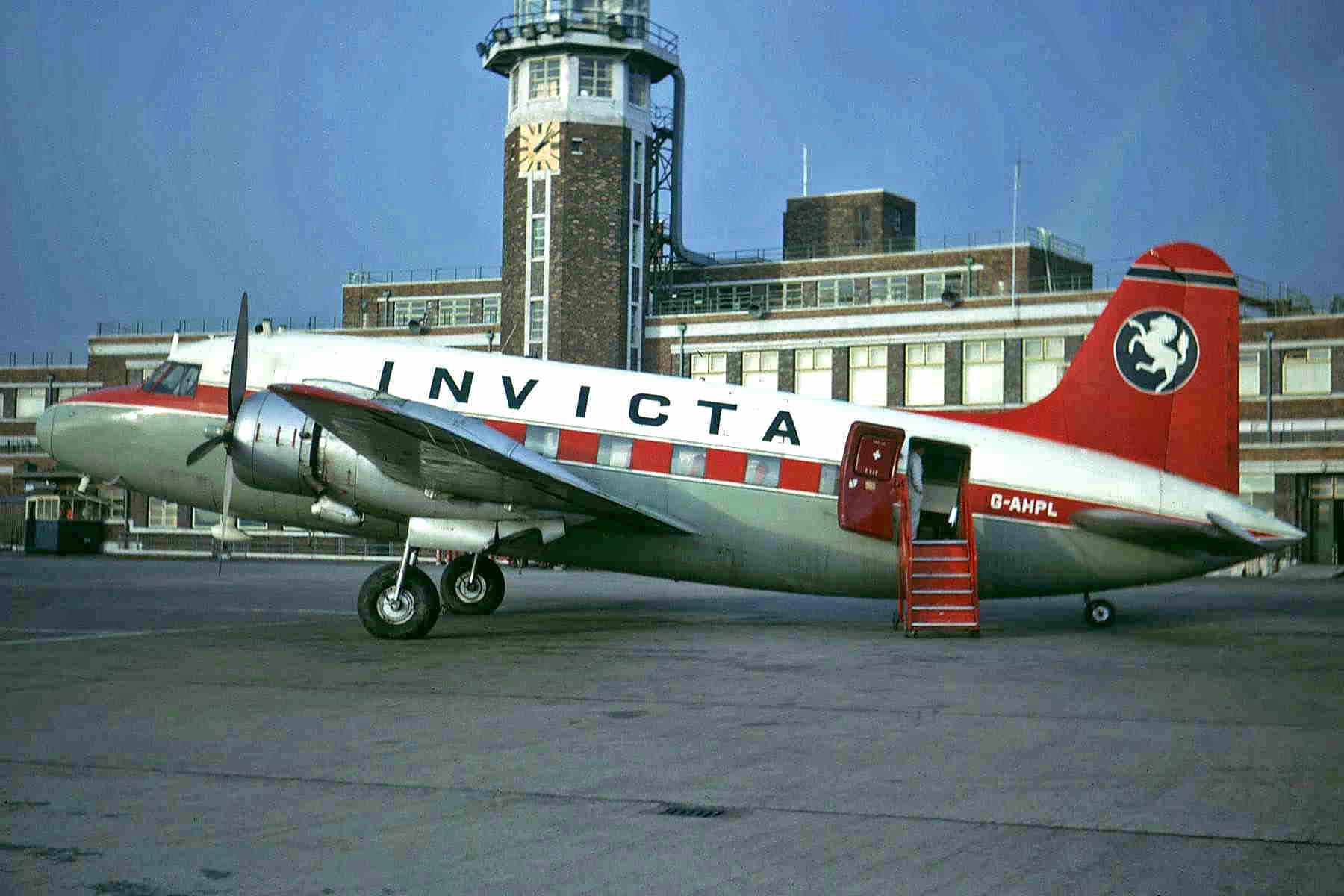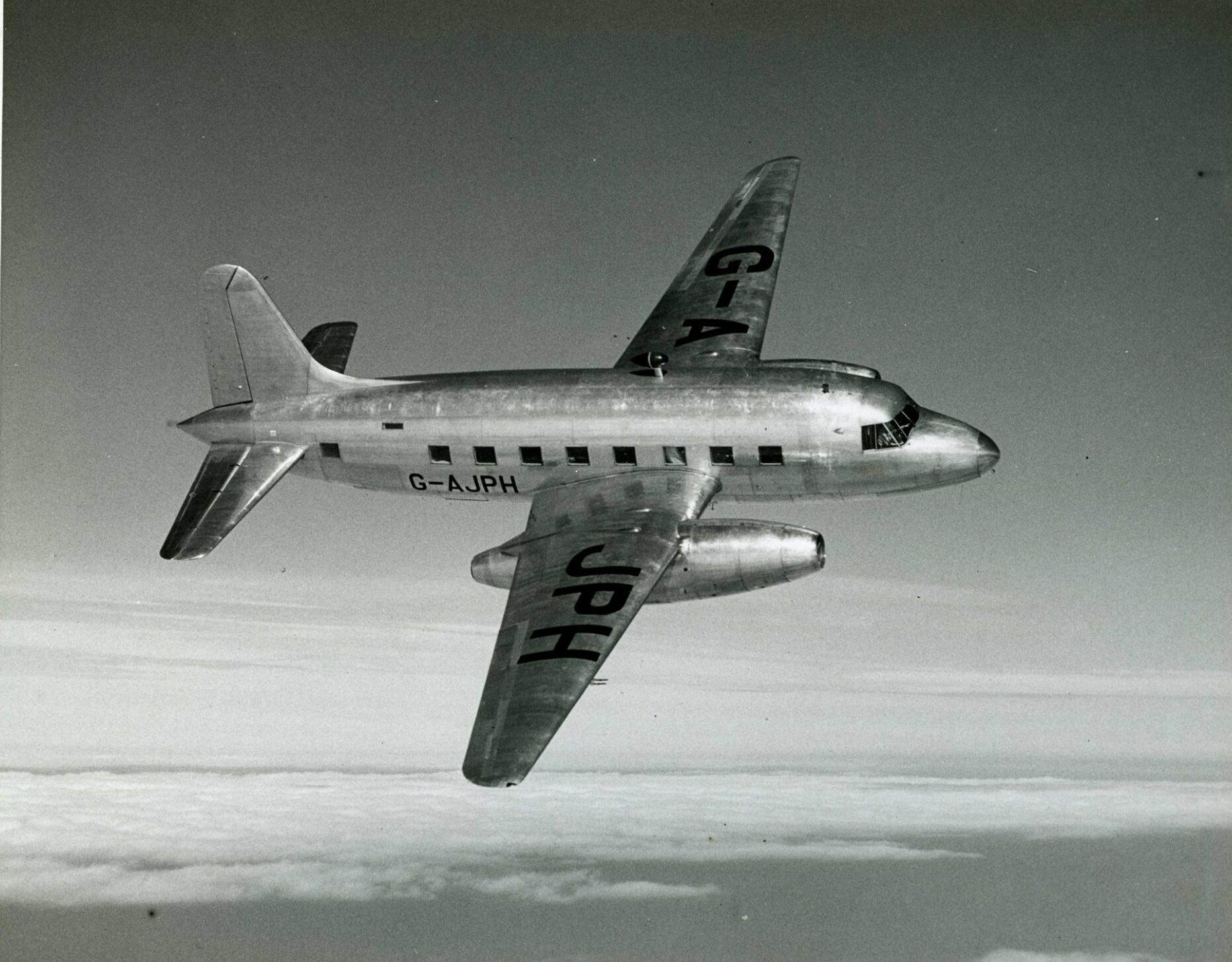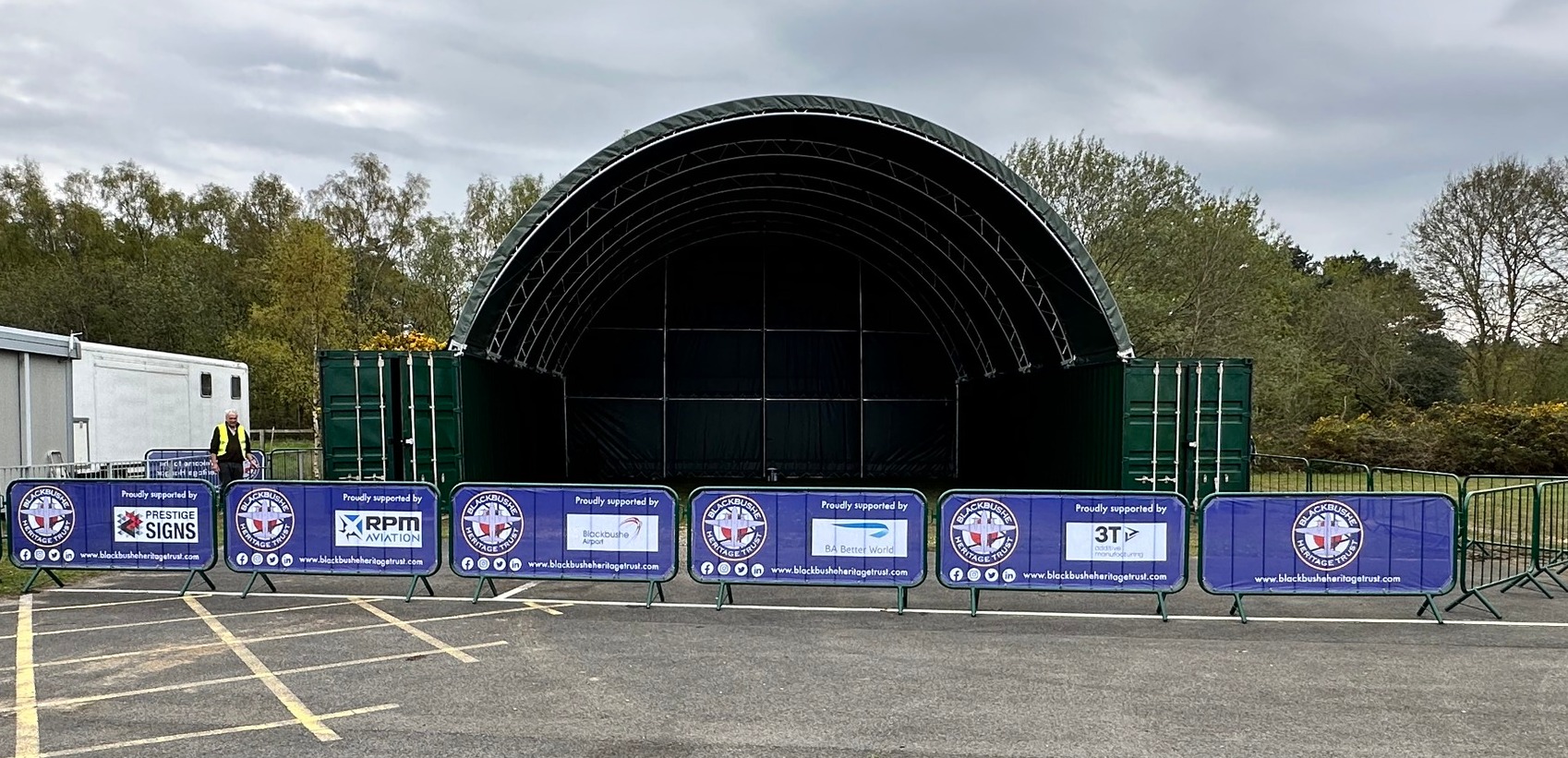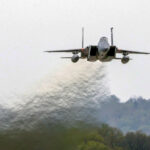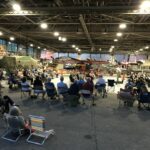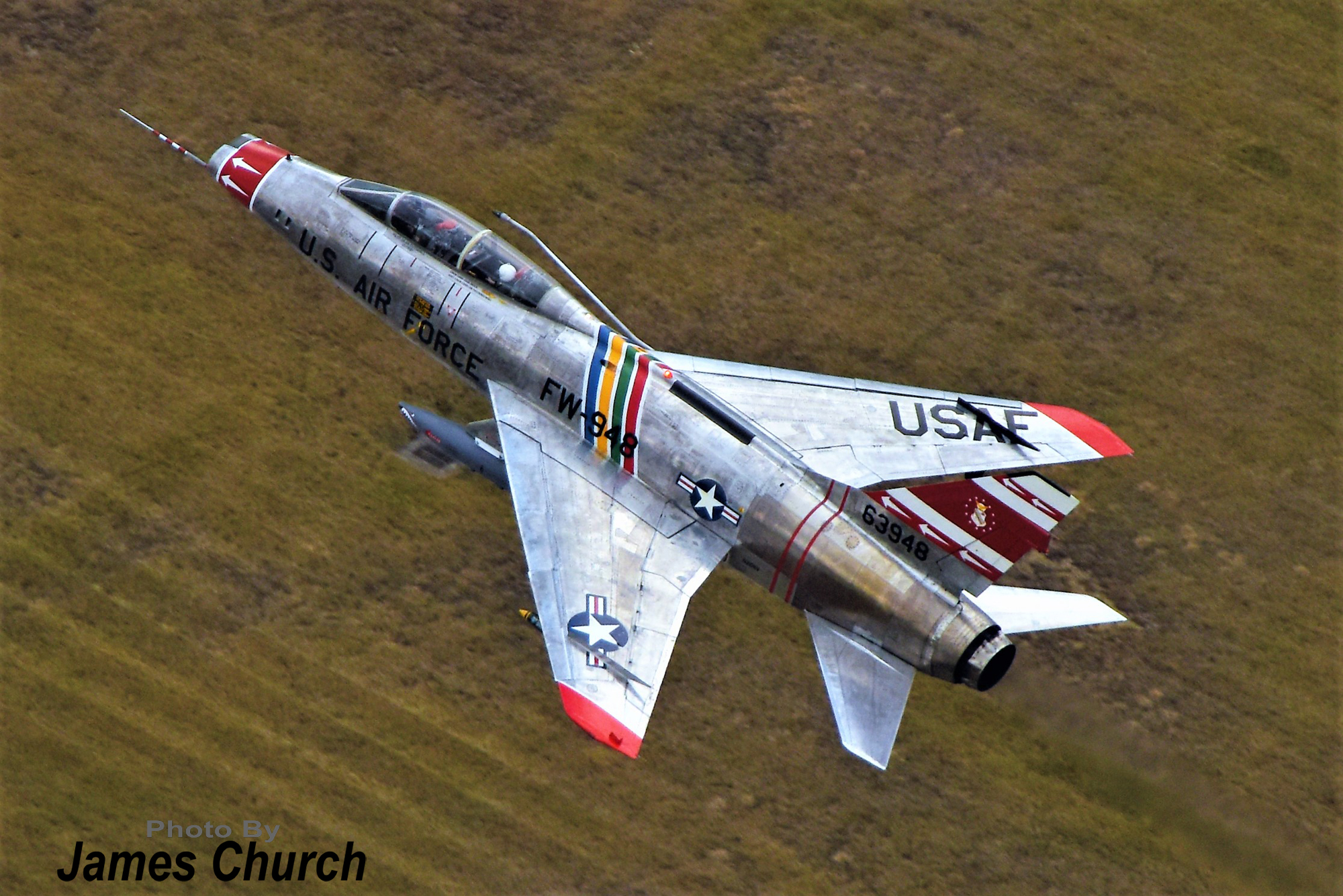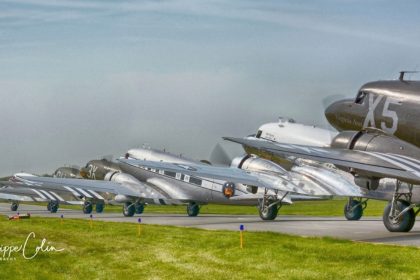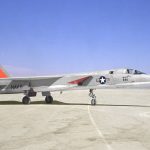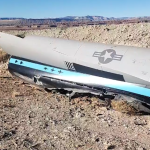by Richard Mallory Allnutt
The Blackbushe Heritage Trust (BHT) is in the process of saving a very rare Vickers Viking airliner. Stored outdoors for decades in Austria, most recently in Bad Vöslau, the now-disassembled Viking is presently on its way back to the U.K. aboard a trio of low-loaders. BHT, based at Blackbushe Airport near Camberley, Hampshire, has constructed a shelter to store the disassembled airframe. The organization plans to restore the aircraft back to its former glory as one of Britain’s first, post-WWII airliners.
This particular example first flew on July 27th, 1946, becoming G-AGRW with British European Airways and bearing the nickname VAGABOND on its nose. While flying with Hunting-Clan Air Transport on trooping flights for Britain’s armed forces, the aircraft received the temporary military serial number XF640 for a period, although it eventually reverted to G-AGRW. During its tenure with Overseas Aviation, G-AGRW received significant structural damage while taxiing at Amsterdam-Schiphol International Airport on February 17th, 1960. Following repairs, the aircraft continued its flying career with the British carrier, Autair International Airways.
By 1973, although likely earlier, the aircraft had ceased flying and was part of a trio of Vikings forming the Avio Resto Cafe at Soesterberg, in the Netherlands. By the 1980s, the aircraft had departed for Vienna, Austria to become part of the Austrian Aviation Museum which moved the airframe around various locations. It even spent time atop a building at Vienna Airport, before ending up in a field in Bad Vöslau, where it’s survival seemed very much in doubt until BHT stepped in to save the airframe. After a quick fund-raising effort, with meaningful contributions from British Airways, BHT was able to send a team to Austria in mid-April to disassemble and transport the Viking back to the UK. They received significant local assistance in this effort from staff at the Austrian Aviation Museum, Bad Vöslau Airfield and the Vienna Airport Fire Crew. VAGABOND’s journey home finally began yesterday (April 27th), as the images below help describe.
The Vickers Viking short-haul transport emerged at the tail end of WWII, first taking flight in June, 1945. Evolving from its far more famous sibling, the Vickers Wellington medium bomber, the type initially employed the same undercarriage and fabric-covered, geodetic-structured outer wing panels of its predecessor with a wholly new fuselage, center wing and tail sections. The British government ordered the type in 1944 as an interim solution to serve the civilian sector following WWII, allowing time for the maturity of far more advanced designs then under development.
While it was quickly relegated to ancillary roles, the Viking does hold one significant footnote in aviation history; a modified example became the world’s first, purely jet-propelled airliner. Sporting a pair of Rolls-Royce Nene I turbojets in place of its typical Bristol Hercules radial engines, this uniquely modified Viking 1B, better known simply as the Nene Viking, flew for the first time on April 6th, 1948 – with ‘Mutt’ Summers at the controls. (Summers, as many will recall, also performed the first test flight of the Supermarine Spitfire back in March, 1936.) Although the Nene Viking never went into production, it did serve as an important trials aircraft for adapting jet propulsion to airliner designs.
The Viking served an important role in the immediate post-war years and beyond, serving in dozens of different airlines and a number of military air arms all over the world. By the time production ceased in 1954, Vickers had built 163 examples, but sadly, just six complete representatives of the type remain. This is why the Blackbushe Heritage Trust’s rescue of G-AGRW is so important, with the end result hopefully preserving the airframe for decades to come. British Airways (BA) should also be heartily congratulated for this result, as they contributed a significant sum of money to help pay for the aircraft’s journey home. British Airways, of course, has a strong connection to G-AGRW, since one of the airline’s forebears, British European Airways, once operated this particular Viking.
The Blackbushe Heritage Trust expects the Viking to arrive during early May. They plan to restore the aircraft so it can become the centerpiece of a museum dedicated to the history of Blackbushe Airport (formerly RAF Hartford Bridge), which saw many examples flying from the facility during the type’s heyday. The organization posts regular updates on their Facebook page.
Those wishing to help fund the recovery and restoration of this significant aircraft can contribute via the link HERE.







